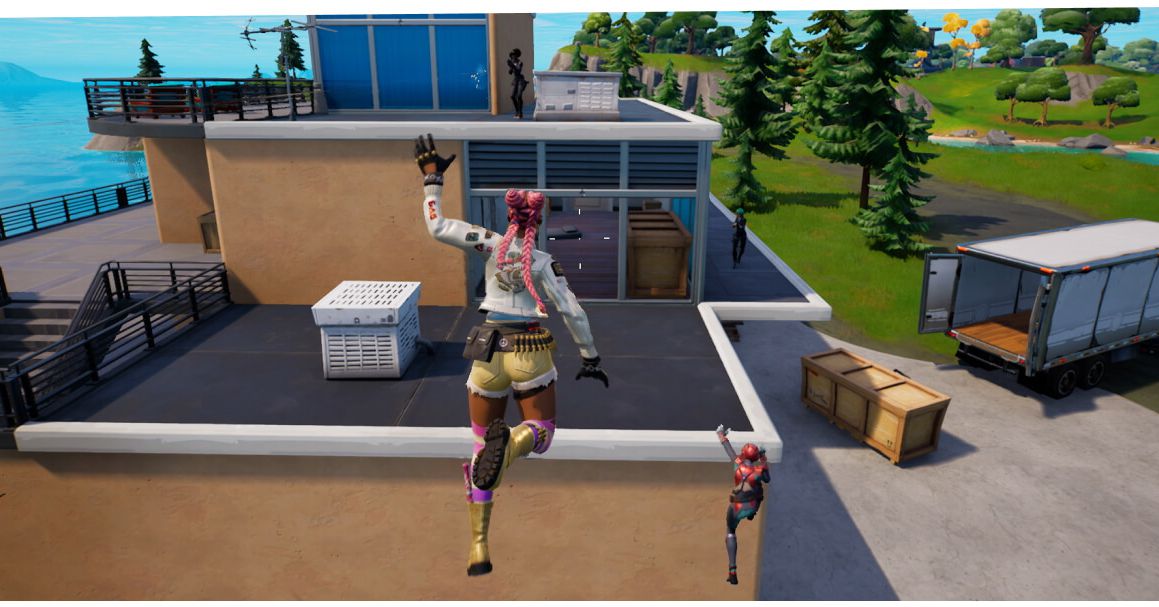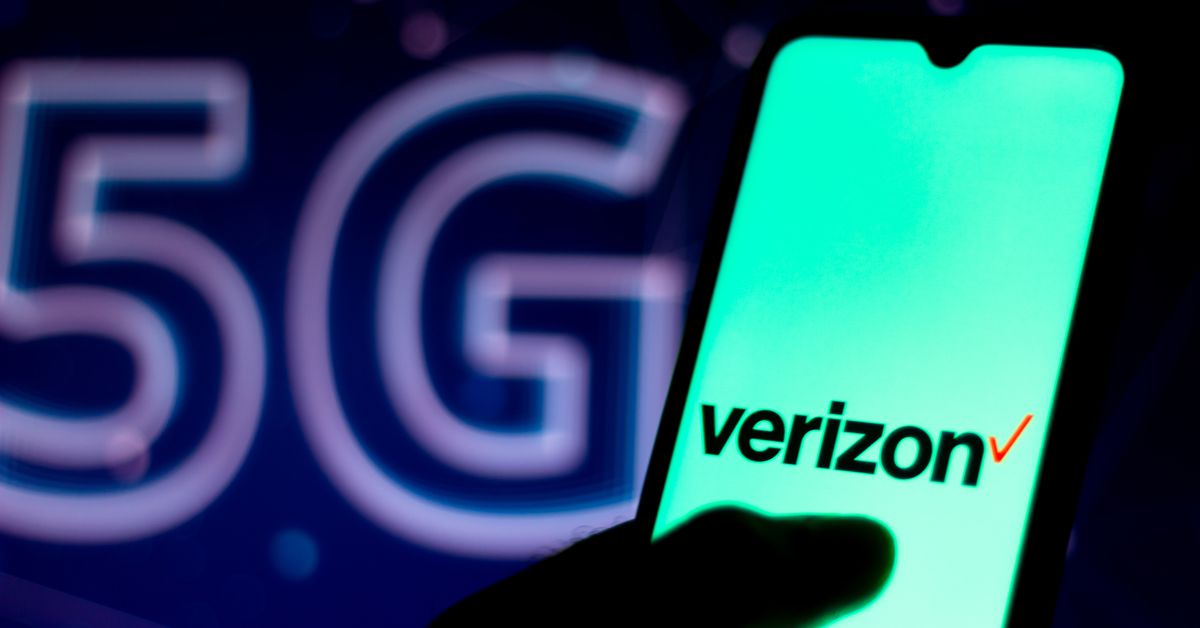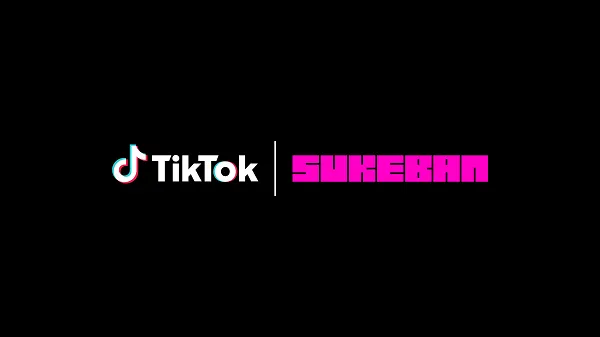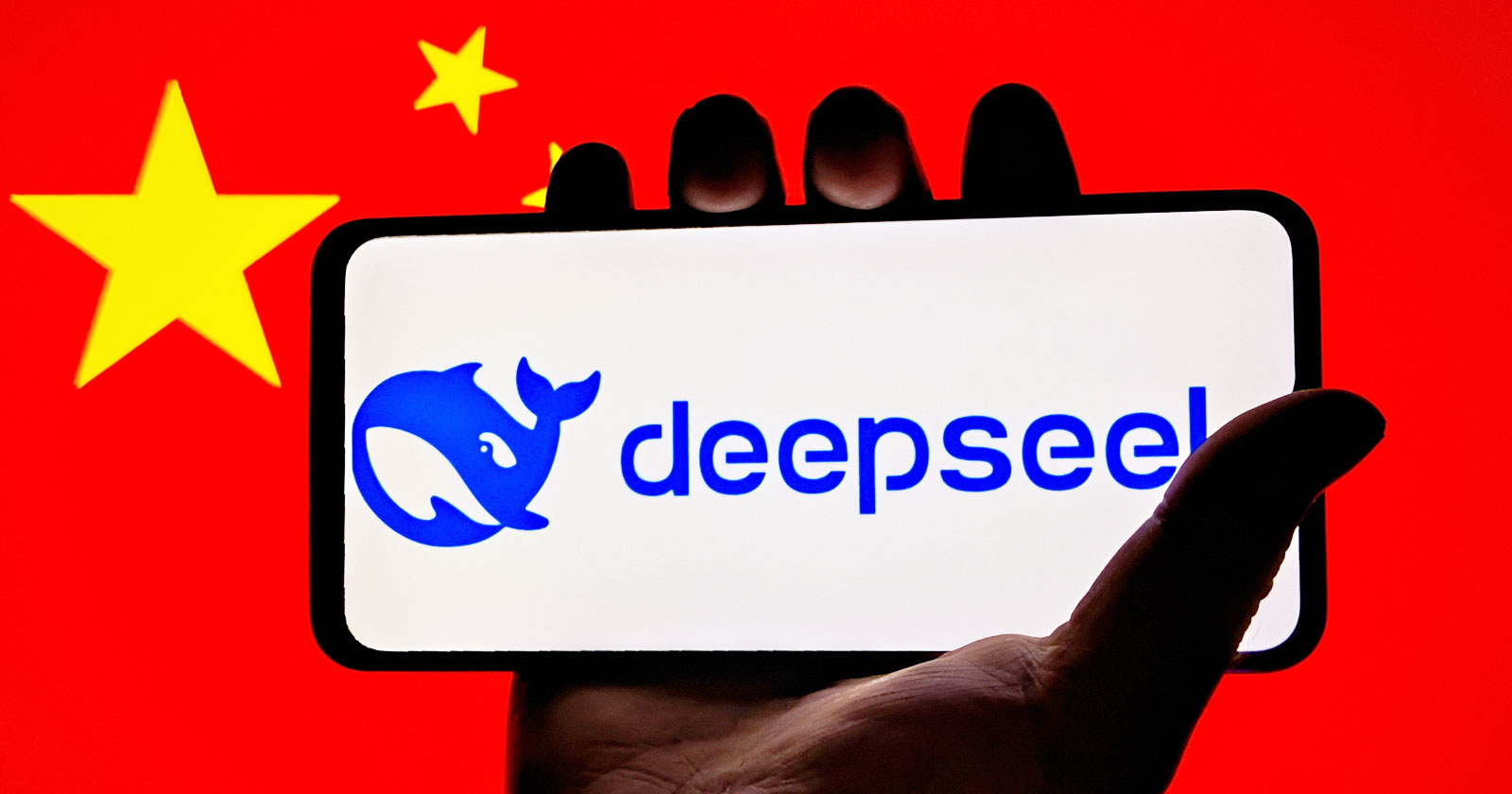Apple’s latest iOS update could have a big impact on podcast downloads
Illustration by Alex Castro / The VergeThis is Hot Pod, The Verge’s newsletter about podcasting and the audio industry. Sign up here for more. Today, we’ve got a joint issue looking at why Apple’s latest iOS update could cause...
/cdn.vox-cdn.com/uploads/chorus_asset/file/23986636/acastro_STK461_03.jpg)
This is Hot Pod, The Verge’s newsletter about podcasting and the audio industry. Sign up here for more.
Today, we’ve got a joint issue looking at why Apple’s latest iOS update could cause download numbers to go down and featuring a talk about brand safety with Spotify’s director of global advertising platform integrity.
Apple tweaked automatic podcast downloads in its latest iOS update. That could impact download numbers moving forward.
When Apple released iOS 17 in September, it included an adjustment to how automatic downloads work on podcasts. That may make your eyes glaze over, but it’s a little change that could have a big impact on download numbers, at least in the short term.
Could is the key word here since it will take some time to play out. But the key change is that if you subscribed to a podcast, forgot about it, and returned after a while, you would have every unplayed podcast episode from that listening hiatus downloaded to your phone. In the latest update, Apple switched it so that once you return to a subscribed podcast, it simply resumes and does not download back episodes. Additionally, it used to be that when a podcast would add old episodes to the feed, they would download on subscribers’ phones as if they were new ones. With iOS 17, any episodes that are older than seven days, even ones added to back catalogs, will not be automatically downloaded.
So, why does anyone care about what is functionally a storage issue? The problem is that these instances could have been distorting download numbers. Though relatively rare, users who returned to a podcast they subscribed to but hadn’t listened to in a long time could end up with dozens or hundreds of downloads in one fell swoop. Without those large caches of automatic downloads, overall download numbers could go down at an already precarious time for the industry.
Although attribution for podcast listening is getting more sophisticated, downloads are still a crucially important metric for the industry. Some have pointed to the shocking 10 percent drop in listening last month among Podtrac’s top publishers as being evidence of the potential impact it could have. It seems unlikely this would be the only reason for that drop, considering the iOS update didn’t go wide until September 18th, and not all iOS users immediately download the update (i.e., me). Plus, Apple Podcasts is only the third most-used podcast platform, according to a recent study by Cumulus and Signal Hill.
But even if it is not responsible for a sudden drop, podcast publishers are bracing themselves for a decline. “From our detailed analysis, these adjustments will largely impact download numbers on back catalog episodes, which are typically categorized as content older than 7 days,” Acast CEO Ross Adams wrote in a blog post on Thursday. “However, it’s important to note that these adjustments do not reflect a change in the unique audience a podcast has, simply the number of downloads per user. On the whole, this will mean more accurate measurement and a more efficient depiction of a podcast’s total listens.”
You know who loves accuracy? Advertisers. And you know who doesn’t love paying for impressions that aren’t really impressions? Yeah, you get the drift. As this plays out, I will be interested to see how advertisers react to these changes.
The download is a fickle mistress, friends. If you have noticed a download drop-off since iOS 17 went wide (or not), feel free to reach out.
— Ariel
Spotify’s director of global advertising platform integrity, Dave Byrne, on keeping brands safe
Companies are still nervous about putting their ads on podcasts, which remain uncharted territory for so many. To fix things, a number of companies have rolled out new brand safety tools this year, including SiriusXM and iHeartMedia. And last year, Spotify teamed up with Integral Ad Science (IAS) to launch a third-party solution for podcast advertisers.
To find out how that’s been going, I spoke to the person at Spotify in charge of making sure advertisers find podcasts that they consider “safe” and that aligns with their brand’s image. Dave Byrne (not that David Bryne) took over as the director of global ad platform integrity at Spotify last August. His job requires him to look after brand safety, fraud, privacy, audiences, and targeting within Spotify’s ad network. Prior to that, he worked as head of brand safety relations at TikTok.
Here’s a part of our Q&A with Byrne below. You can read the rest in an upcoming issue of Hot Pod Insider.
I know Spotify announced a partnership with Integral Ad Science (IAS), or the major software that brands use to make sure their ads are appearing on “brand safe” or appropriate content. Can you walk me through Spotify’s offerings for brand safety and what went into their development?
We’ve been making sure to do heavy investment in contextual targeting. A lot of old-school brand safety capabilities and technology are very much keyword-based. For example, let’s say I were to say something like, “I had too much to drink last night.” You know the context behind that is related to alcohol based off the way that I’m saying it. [An alcohol brand] may even anti-target [the keyword drink].
The problem with keywords is that you may miss out on other great things, like health podcasts of people drinking water, pre- and post-workout. You could also be missing out on great content from food critics and that kind of thing. So we decided to invest in the contextual aspect of things to understand the full breadth and scope of what’s being said and how it’s being said and then create brand safety solutions that kind of go around that.
Coming from my history of working with brands and safety on this, it’s kind of crazy to see how much keyword targeting and anti-targeting is still being used. But a lot of brands are not updating their keyword lists.
I was working with a brand recently that had “Janet Jackson” as one of their negative keywords because they hadn’t updated their list from the [2004] Super Bowl. That kind of gives you an idea of how antiquated [keywords] are now and how it doesn’t really serve its purpose — especially in the audio space.
Spotify has a list of “sensitive topics,” which allow brands to exclude podcasts with content they may consider harmful. I’d love to hear the logic behind that.
So [Spotify’s] Sensitive Topics was actually built very much from the GARM brand safety and suitability framework. GARM has basically brought together advertisers, agencies, platforms, publishers, all these different people that really want to get brand safety right and set the standard for what should not be monetized or what could be potentially higher risk for advertisers.
[Spotify] has their own platform rules, and we have our monetization guidelines, which kind of meet that brand safety floor — basically, “Hey, here are the things we’re not going to monetize.” With sensitive topics, we try to [filter that content even further] to the brand’s suitability framework.
A good example is Disney, which is a very family-friendly brand. They may not want to be next to certain types of content, though it’s okay to be monetized [under Spotify’s rules]. And so that’s where Sensitive Topics has come in and helped brands like that [avoid] showing up on podcasts that aren’t suitable for their brand image.
Can podcasters dispute having their content classified as a Sensitive Topic? If an episode gets, in their view, mistakenly flagged, do podcasters have any recourse?
One of the things we’re trying to do with creators is give them some level of control. What we tend to find is that there may be podcasters who say, “Hey, my podcast is a comedy podcast; we talk about comedy.” But in the process of that episode, they may veer off into politics. They may not declare that it’s a political podcast, but our technology takes a look to find out — what are they saying, and what is the context of what they’re saying?
When it comes to creators themselves, this isn’t to say, “Hey, there are no controls for them.” We offer a lot of education to our creators to help them understand how these things work and to make sure that they fully understand how we categorize and contextualize things. You want to have a situation where brands are finding creators that really align with their brands and that creators are connected with brands that align directly with them. And that their values and principles match up as well.
— Amrita
That’s all for now! See you next week.

 JaneWalter
JaneWalter 
































